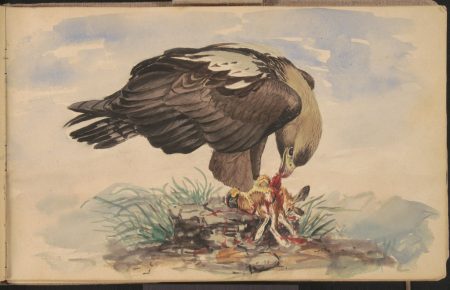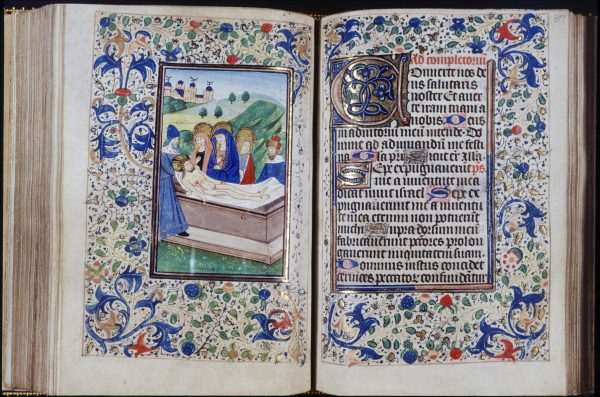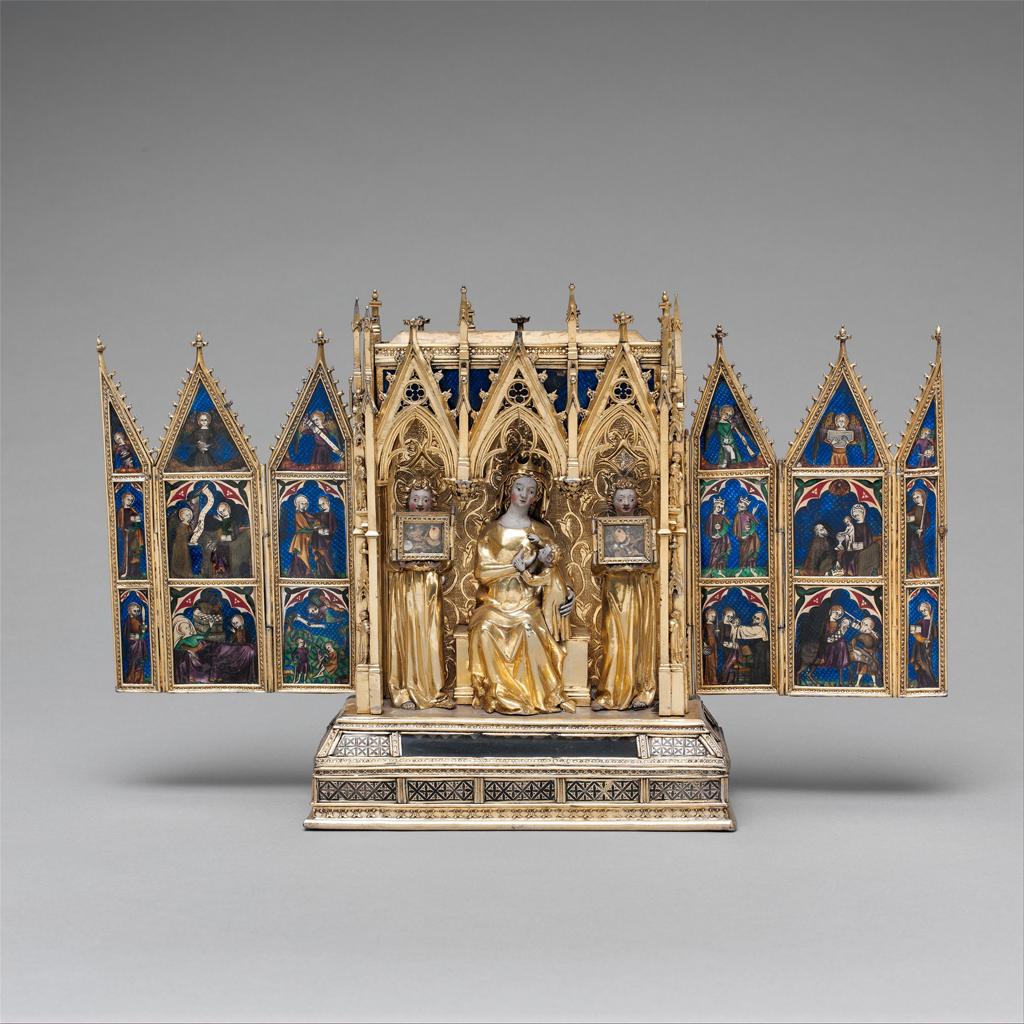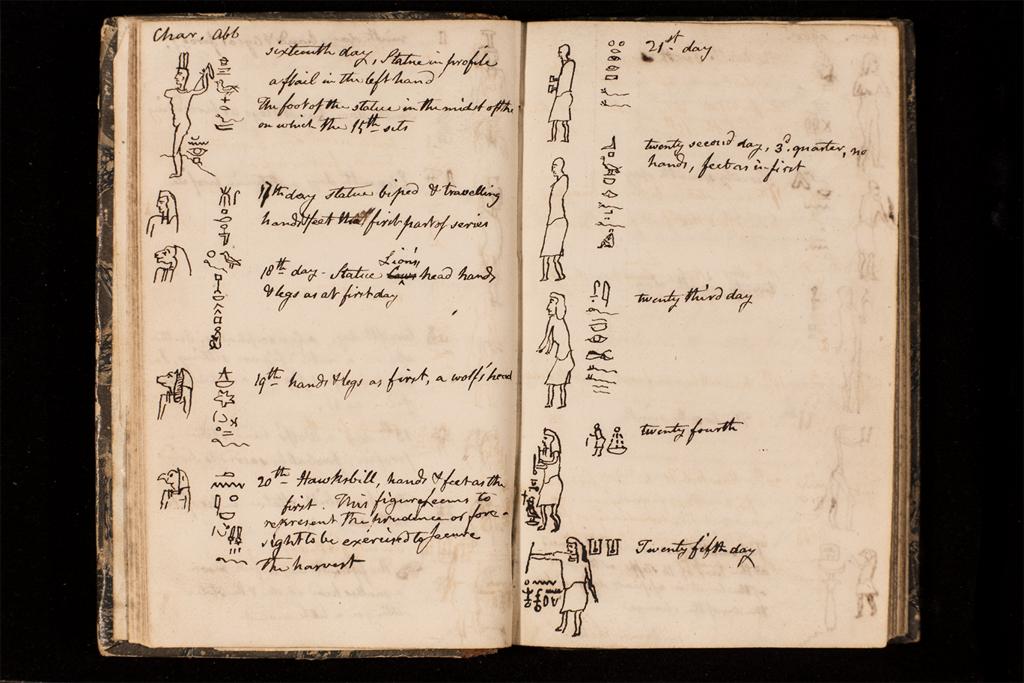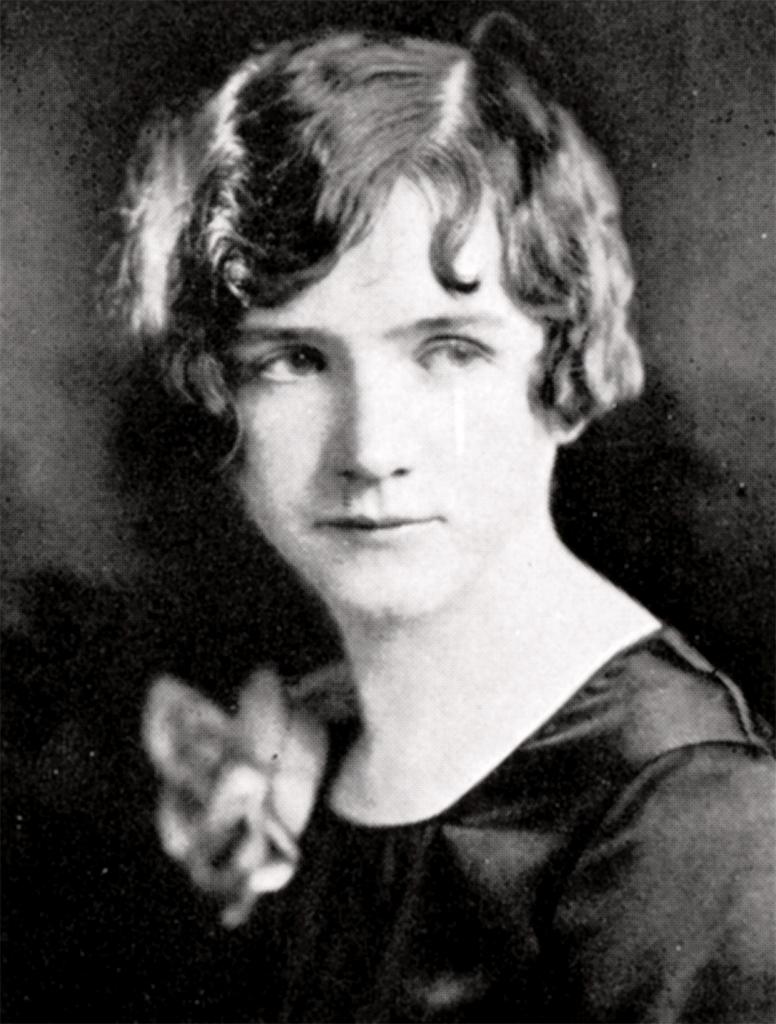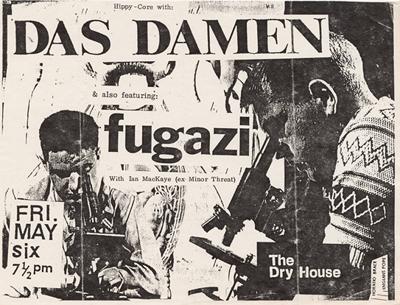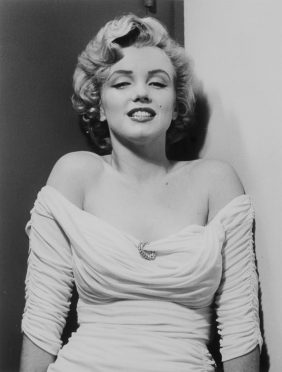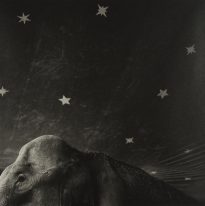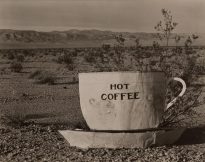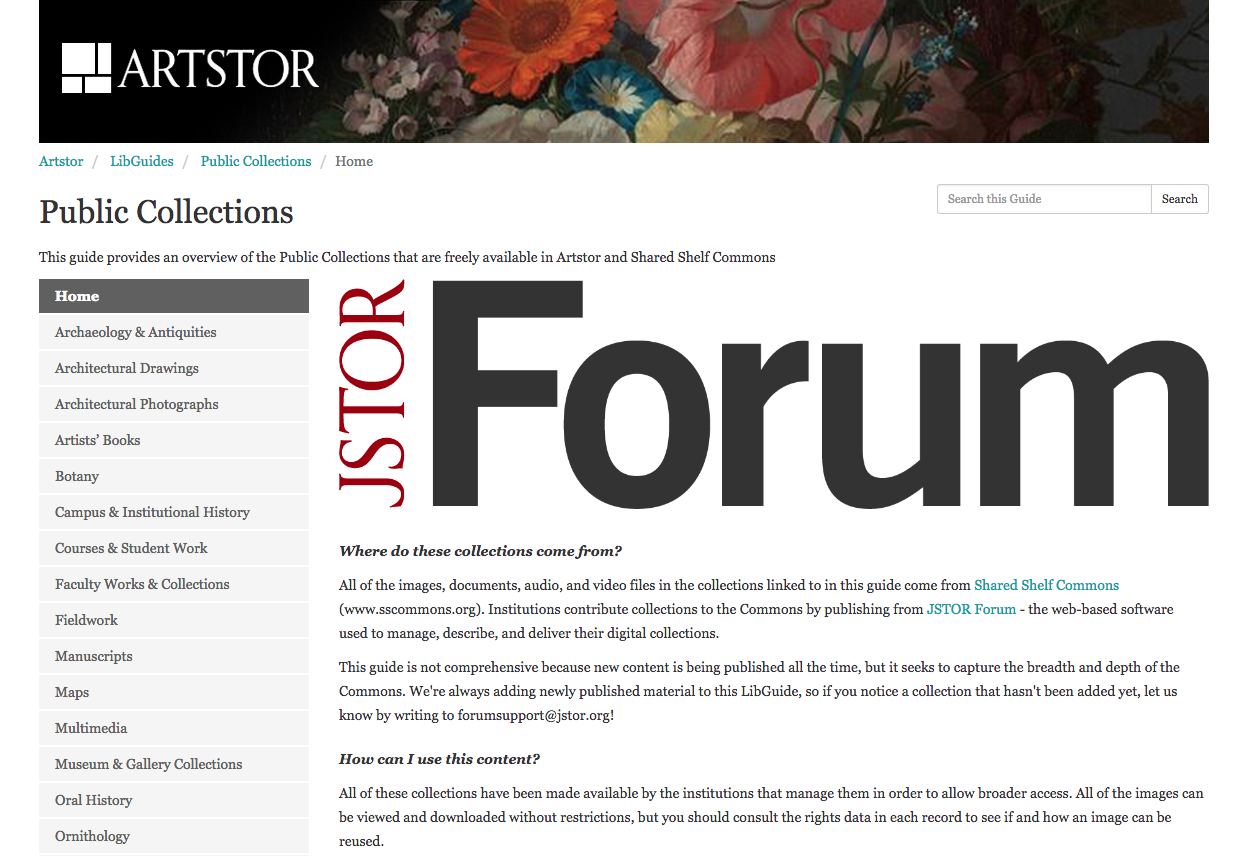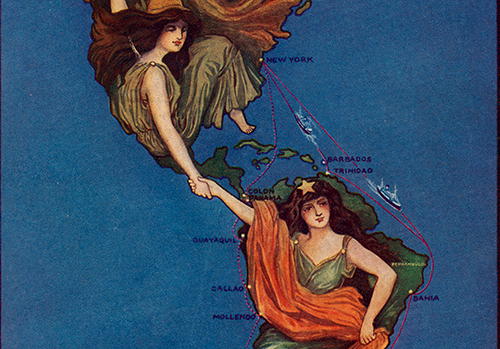The history of ornithology (the scientific study of birds) has involved observations captured in imagery going as far back as prehistoric stone-age drawings.[1] As ornithology developed as a natural science it faced the aesthetic challenge of convincingly capturing depictions of different bird species,[2] leading to beautifully documented and historically fascinating works of illustration.
Several shared collections on JSTOR — available freely to anyone — showcase ornithological illustration starting as early as the 16th century and on through to the 19th century. Here are three of our favorites:
Cornell University’s Laboratory of Ornithology Gallery of Bird and Wildlife Art has more than 1,000 works of art from the last two centuries by bird artists such as Alexander Wilson, John James Audubon, and Louis Agassiz Fuertes.

